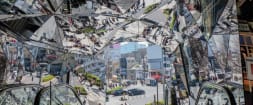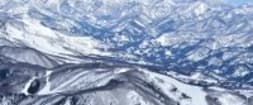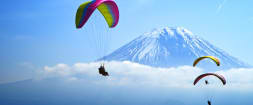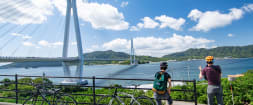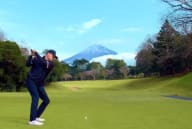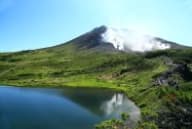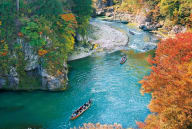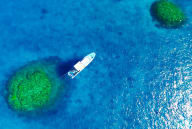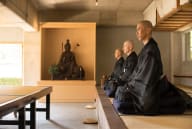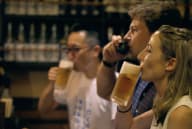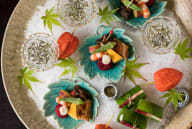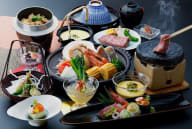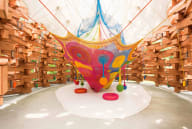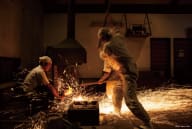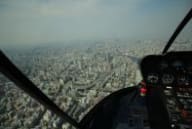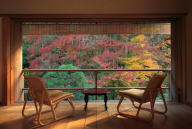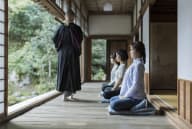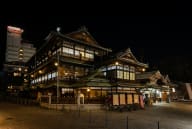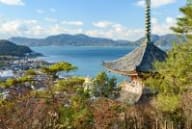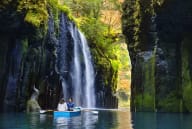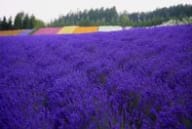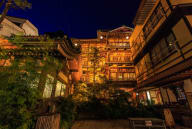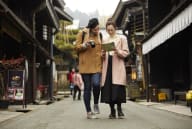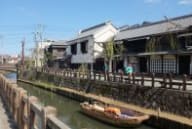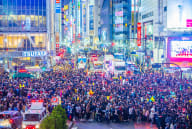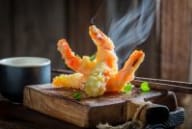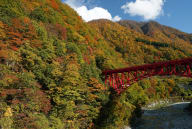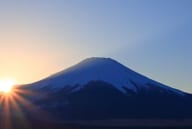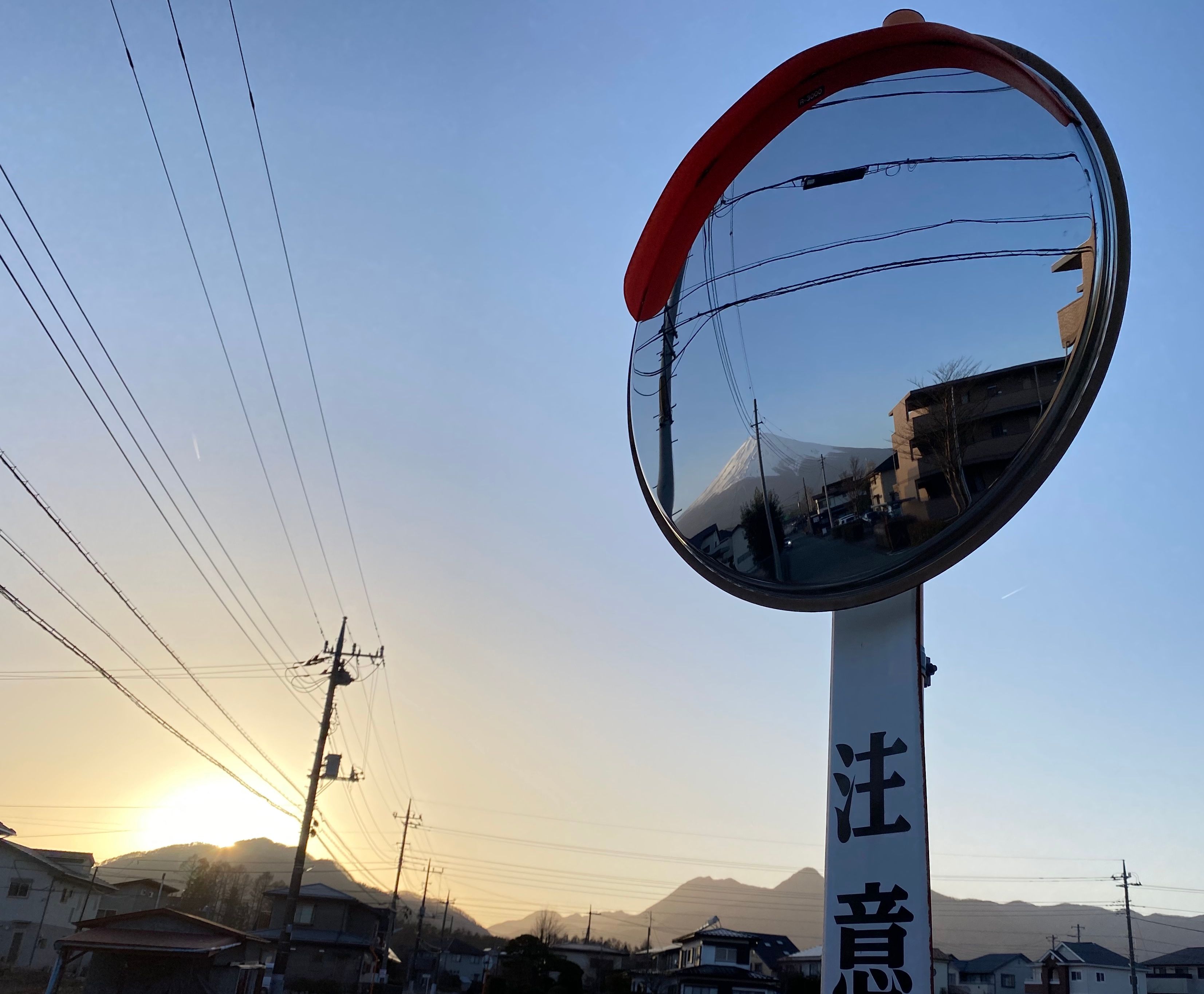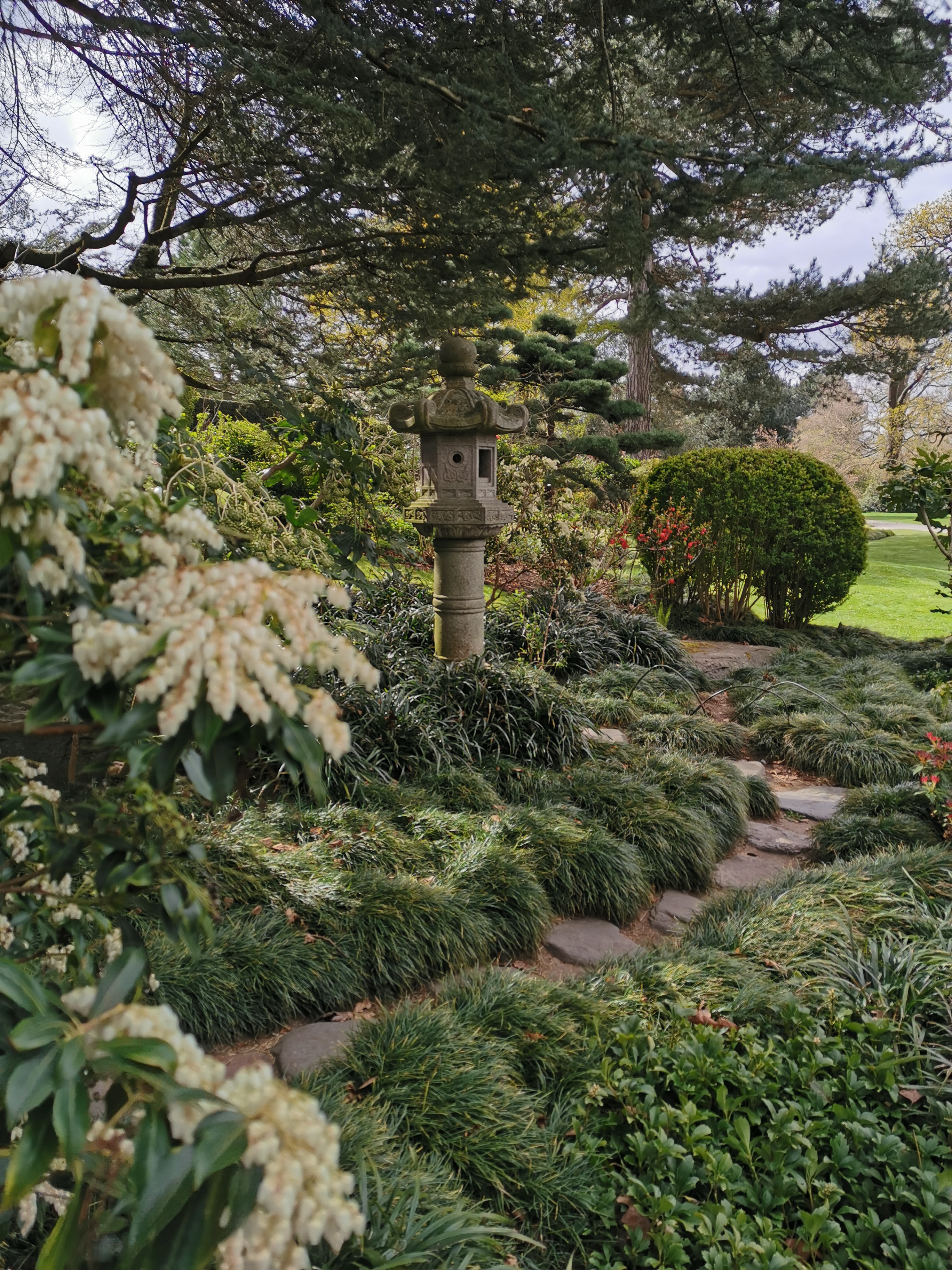
All across the Japanese archipelago, you'll notice that Japan has a lot of different ‘hanto’, or peninsula. Spread throughout the country, no matter where you go in Japan, you’ll discover a wide amount of unique food, experiences, and culture on these peninsulas. Whether you are exploring the Izu Peninsula of Shizuoka, the Kunisaki Peninsula of Oita, or the Boso Peninsula of Chiba, you’ll be sure to have a great time. However, this time we’ll be exploring Mie Prefecture, part of the Kii Peninsula and located to the west of Tokyo. The Kii Peninsula is the largest peninsula on Japan’s main island, and outside of Mie Prefecture, is composed of Wakayama, Nara, and part of Osaka Prefecture.
With a population of slightly under 2,000,000 people, Mie Prefecture is the 25th largest of the 47 prefectures of Japan. It comprises the eastern portion of the Kii Peninsula, and is home to one of Japan’s most sacred shrines, famous speedway, and stunning coastlines, let’s take a look and explore!
Transportation
Not particularly far away from major hubs such as Kyoto, Osaka, and Nagoya, which themselves are only a few hours on the shinkansen bullet train from Tokyo, Mie is accessible from a wide variety of places. Whether you are transferring to a local or express train, or taking the bus, getting to and from the many attractions that Mie has to offer is an enjoyable adventure. A multitude of train lines operate throughout the prefecture, from the Kintetsu-Shima Line which will take you to Ago Bay and its many islands, or the Kisei Line which takes you down the coastline towards Wakayama and the famous Nachi Falls.

Things to Do
One of the top attractions in Mie Prefecture is Ise Jingu. Known as one of the most sacred shrines in Japan, it occupies the same level of reverence as other shrines in Japan such as Izumo Taisha in Shimane Prefecture, Kashima Jingu in Ibaraki, and Suwa Taisha in Nagano. The shrine is said to date back to 4 BC, with the 3rd and 5th century also put forward as establishment dates. The shrine is also dedicated to one of the most important deities in Shinto belief, Amaterasu. A large complex of various shrine buildings, the most important area of the shrine is known as the Naiku, where it is said that one of the three Imperial Regalia of Japan, the sacred mirror, is housed there.

Approach to the inner sanctums are restricted to visitors, as the area is surrounded by a high wall. Shrine buildings are also rebuilt every 20 years, a cycle of renewal that dates to the 7th century. Explore the nearby areas known as Oharaimachi and Okage Yokocho, and you’ll find plenty of amulets and charms to buy, in addition to delicious food options.

Those that are fans of racing might already know this next location, but Mie Prefecture is home to one of the preeminent racing tracks in the country. The Suzuka Circuit, found in aptly named Suzuka City in the northern part of the prefecture, is host to the yearly Formula 1 Japanese Grand Prix. Bringing together the greatest drivers in the world, people from around the globe all come together to watch this sporting spectacle. Outside of the grand professional events, Suzuka Circuit has an experience where you can ride go-carts on the actual circuit, the same one where the F1 professionals compete. There is also a neighbouring amusement park that offers plenty of fun for those of all ages.

For the outdoors and exploration fans, there are some wonderful options that will showcase the beauty of the Kii Peninsula and Mie Prefecture. The Kumano Kodo pilgrimage trail, which celebrated its 20th anniversary as a UNESCO World Heritage in 2024. A historic trail that winds through Wakayama, Nara, and Mie prefectures, the Kumano Kodo took pilgrims to and from a multitude of sacred sites in the Kii Peninsula, most famously Kumano Nachi Taisha and its accompanying waterfall, Nachi Falls. Try hiking Magose Pass, and encounter the serenity and beauty that comes with hiking in Japan. Magose Park, a top spot for cherry blossom viewing is also nearby, and Owase Shrine, a peaceful shrine with ancient camphor trees.

What else?
One interesting fact is that Mie Prefecture is home to the longest beach in all of Japan. Shichiri Mihama Beach is located near the southern coast of the prefecture and spans 22 kilometres up the coast. It is a perfect place for a nice walk, and if you are in the area during the summer time, the Kumano Fireworks Festival is held just offshore. Japanese fireworks festivals are high energy events, with thousands of fireworks shot into the air, in addition to food stalls adorning the area selling delicious dishes and snacks.

Up the coast, near the northern part of the beach, you’ll also come across a shrine with deep history, and thought to be one of the oldest in the country. Hananoiwaya Shrine is situated directly next to a massive rock face, and is thought to be the resting place of the kami Izanami, who is known as one of the original creators of the Japanese archipelago. One unique feature of the shrine is that there is a sacred rope, known as a shimenawa, hung between the rock and a sacred pine (now a concrete pole), spanning 170 metres. There is a festival held twice a year, in February and October where the rope is replaced, designated as an Intangible Cultural Property of Mie Prefecture.

For Japanese history aficionados and poetry fans, make sure to take a trip to the Iga area. Making up part of the western region of the prefecture, Iga is known as a historical home of the ninja! The famous poet Matsuo Basho is also said to have been born in the Iga area, and he wrote extensively of his travels throughout the Edo Period. If you are keen to explore more of the ninja roots that are in Iga, try the Iga Ryu Ninja Museum which has a plethora of objects and clothing that date back to the era of the ninja.

You even have the opportunity to watch a traditional display of ninja techniques, including trying on your own ninja clothing. Also in the Iga region is the Akame 48 Waterfalls, a collection of cascades found further in the mountains of the region. Pair your Iga visit with a trip to Iga Ueno Castle, and don’t forget to check out some of the local Iga-yaki pottery.

Mie Prefecture is not far from multiple transportation hubs, making it easily accessible for those heading to and from the Kansai region. If you plan a trip to the Kansai region, make sure to add Mie to the list. Whether you are interested in ninja, pottery, shrines, or racing, Mie will have the perfect spot for you!
To stay up to date with all the latest happenings in Japan follow us on Facebook or Instagram!











